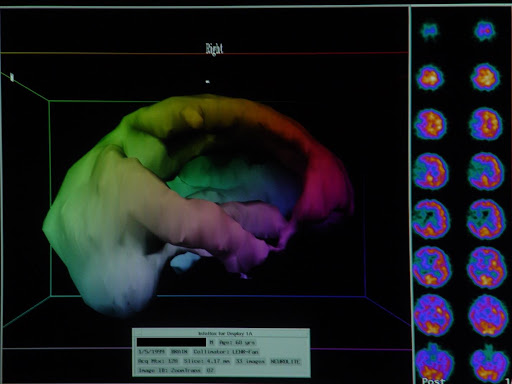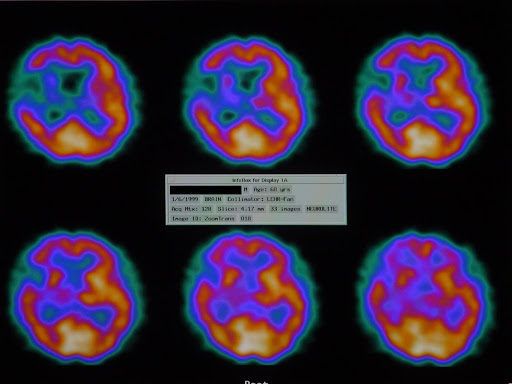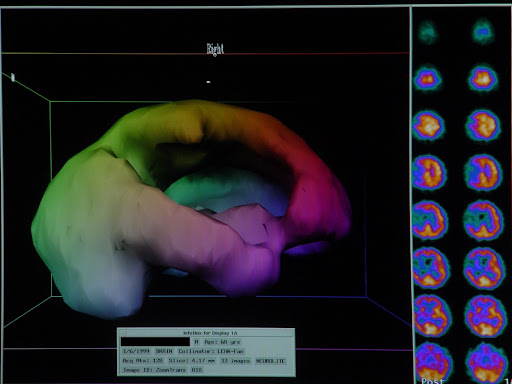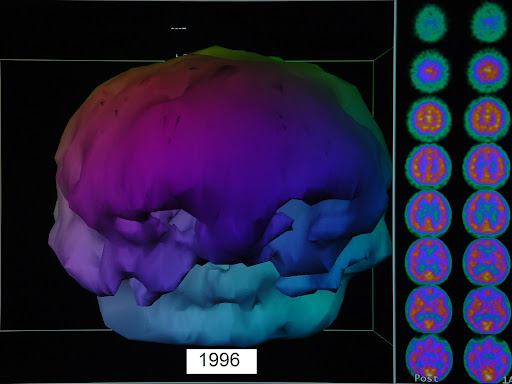Bell’s Palsy
August 10, 2023Birth Injuries
August 10, 2023Substance addiction is a serious illness that affects millions of people worldwide. Though some patients are able to experience relief and healing, a great deal of people facing substance addiction experience serious side effects from overdose or long-term substance abuse. Although there are treatments available, one of the most complicated and difficult problems to manage after drug or alcohol addiction is brain injury. Chronic substance abuse changes and damages the brain. In addition, many people with substance abuse experience traumatic brain injuries when they are impaired. Residual effects of traumatic brain injury can be extensive and compound the injury from substance abuse, causing behavioral issues, serious mental health concerns, trouble concentrating or remembering, and other problems. Different drugs can cause different types of injury to the brain. Overall, no two patients are the same when it comes to hyperbaric oxygen treatment of brain injury caused by substance abuse, but each patient can experience marked improvement and healing.
Symptoms of Brain Injury Caused by Substance Abuse
Due to the varying levels of addiction and highly erratic nature of substance abuse, multiple parts of the brain can be affected in different ways. Substance can damage brain cells, support cells, blood vessels, white matter (connecting tracts in the brain) and cause secondary damage from drops in blood pressure or low oxygen levels, such as occurs in overdoses. Low oxygen level is known as hypoxia. This occurs when the brain cannot receive oxygen and it can occur from low blood flow or even when there is adequate blood flow. Cell death can occur within minutes if the hypoxia is severe enough such as when a person stops breathing during a severe overdose. Hyperbaric oxygen treatment of brain injury caused by substance abuse is one of the only available treatments that can help a patient’s injured brain tissue and cells become healthy again and also stimulate growth of new tissue. Another possible injury from drug abuse is injury to the nerve sheaths and surrounding tissue or even nerve fiber damage, leading to dulled sensation, numbness, and a variety of other brain symptoms, including cognitive dysfunction. HBOT can heal nerves and prevent more serious damage from occurring, similar to the effects of hyperbaric oxygen treatment of multiple sclerosis (MS) and traumatic brain injury.
Hyperbaric Oxygen Treatment of Brain Injury Caused by Substance Abuse
After a person has experienced the trauma that comes from drug and alcohol addiction, they tend to feel inundated with therapies that are difficult, draining, and time-consuming. Rehabilitation and aftercare of substance abuse can be a long and hard road. The benefit of HBOT for people with brain injury caused by substance abuse is that it is calming, simple, and safe. More importantly, it is a biological therapy that can rehabilitate the brain at the tissue level by repairing damage. The side effects of HBOT are minimal. Through the correct dosage, which Dr Harch recommends, hyperbaric oxygen treatment of brain injury caused by substance abuse can produce results that are visible and retainable. Creating a safe and stable environment for all of our patients is another key component of the healing process at Harch HBOT.
The Benefit of HBOT for People with Brain Injury Caused by Substance Abuse
Similar to conditions like Traumatic Brain Injury (TBI), Stroke, multiple sclerosis, and drowning brain injury from substance abuse can be successfully treated with HBOT. The benefit of HBOT for people with brain injury caused by substance abuse is just beginning to be explored, but has been used by Dr. Harch since the 1990s in multiple patients. While each patient’s immediate situation will always be unique, the benefits of HBOT for people with brain injury caused by substance abuse are becoming increasingly apparent. See the examples below.
https://pubmed.ncbi.nlm.nih.gov/18025968/
https://my.clevelandclinic.org/health/diseases/6025-cerebral-hypoxia
https://hbot.com/conditions/multiple-sclerosis/
https://hbot.com/hyperbaric-oxygen-therapy/
Case Study 1:
68 year old man with chronic alcoholism for 40 years who sustained a stroke one month before receiving HBOT from Dr. Harch. Prior to the stroke the patient managed his multiple companies successfully. After the stroke he was no longer able to function in an executive capacity and yielded power of attorney to his sons to manage his businesses. In addition to his stroke findings on one side of his body he had very slowed mentation, speech, and decreased cognitive capacity.
The first SPECT brain blood flow scan (Figure 1) shows a defect on the right side of the brain (the left side of all 6 images (purple areas), but the rest of the brain has an irregular appearance of blood flow with varying colors showing diffuse injury to the brain from alcohol (highest brain blood flow is white, then yellow, orange, purple, blue, and black-no blood flow). Figure 2 is the reconstruction of the surface of the brain scan looking from the patient’s right side. The large “hole,” is the area of reduced blood supply affected by the stroke. The irregular surface of the brain and thinness of the margins of the “hole” show the injury from alcohol.


After the first HBOT (Figure 3) there is a marked increase in overall brain blood flow showing an increase in white, yellow, and orange colors and reduction in purple color. In Figure 4, the three-dimensional reconstruction of the surface of the brain scan, one can see a reduction in the size of the “hole”, an improvement in the stroked area. In addition, there is a thickening of the margins of the stroke and an overall smoother appearance of the surface of the brain which are beneficial effects of HBOT on the chronic damage to the brain from alcohol.
After one month of HBOT, during which time the patient refused to stop drinking, he experienced a remarkable improvement in his stroke deficits and cognitive abilities to the extent that he was able to rescind power of attorney from his sons and resume management of his businesses.


Case Study 2:
19 year old young man with attention/concentration problems, short term memory problems, impulsive behavior, short temper, depressed mood, and mood swings, stemming from a 6 year history of polydrug abuse: over 2,000 doses of the date-rape drug (to induce the high of loss of consciousness) and large amounts of ecstasy and other drugs to include alcohol, cocaine, inhalants.
The first SPECT brain blood flow scan (Figure 1) is before his first HBOT and is the 3-dimensional reconstruction of the surface of the brain. It shows a diffuse abnormal irregular blood flow pattern with significant reductions in blood flow (“holes”) in the frontal lobes of his brain above where his eyes are located and in both temporal lobes (the lower part of the image on each side). In this picture you are looking directly at the young man’s face.
After a single HBOT there is a marked smoothing of the surface of the brain (improvement in the irregular abnormal blood flow), a decrease in the size of the “holes,” and an increase in blood flow to the temporal lobes.
After two months of treatment this young man experienced a significant improvement in his attention/concentration, memory, behavior, temper, depressed mood, and mood swings.


